-
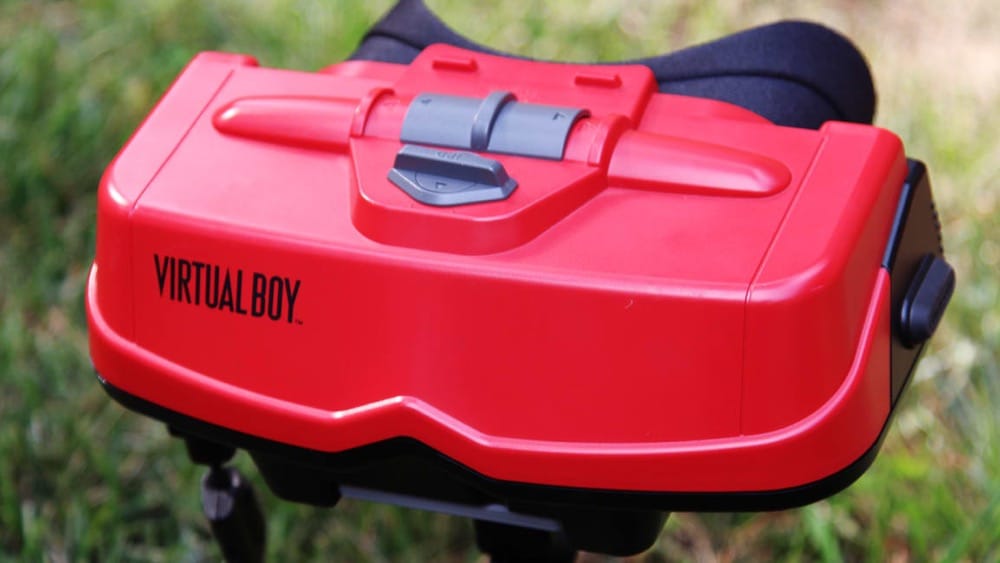
Benj Edwards wrote an unbelievable thorough and surprisingly poignant history of Nintendo’s ill-fated virtual reality console for Fast Company.
I’ve wanted a Virtual Boy for 20 years now, first as a piece of futuristic tech, later as a curiosity. I may finally have to buy one. What a great article.
-
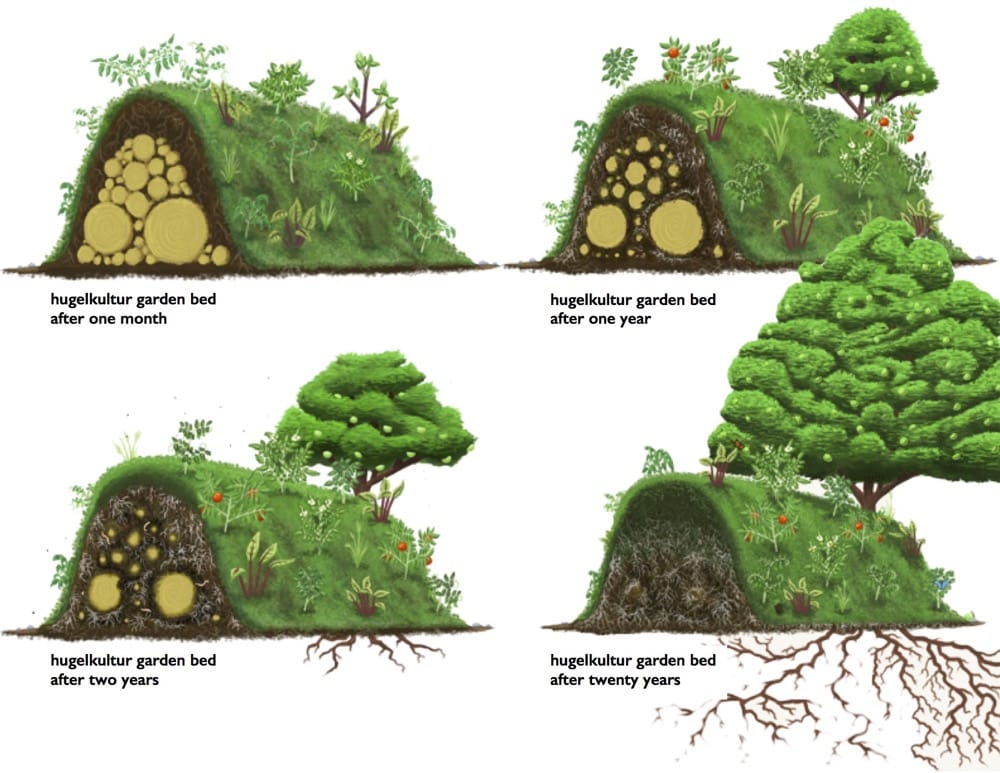
I just discovered hugelkultur while doing some research for the raised beds I’m planning to build this fall. I’m really surprised I’ve heard about or seen one before. Fascinating stuff.
Lots more examples in this video.
-
-
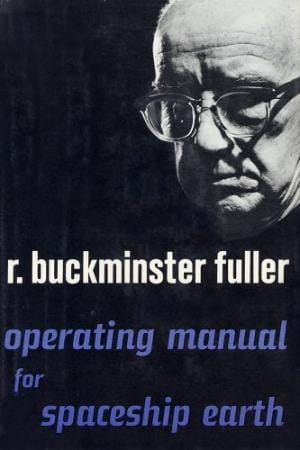
Buckminster Fuller’s “Operating Manual For Spaceship Earth” is now available on iBooks for iPad. It’s the first of his 30 books to be available digitally.
BFI also started the Dymaxion Reading Group to coincide with the ebook. They are reading through Operating Manual during July.
-
Darkstar released a new mixtape and it’s amazing. I’ve been listening to this thing daily since it came out earlier this spring. It has a Paul McCartney Cover (“Temporary Secretary” 12:00) and a Zomby collaboration (“Quandry” 23:10), what more could you ask for?
The whole thing is great, but my favorite songs are “Aidy’s Girl Is A Computer (Re-edit)” at 5:25 and “Earz” at 14:58.
I’m really excited about the new album.
-
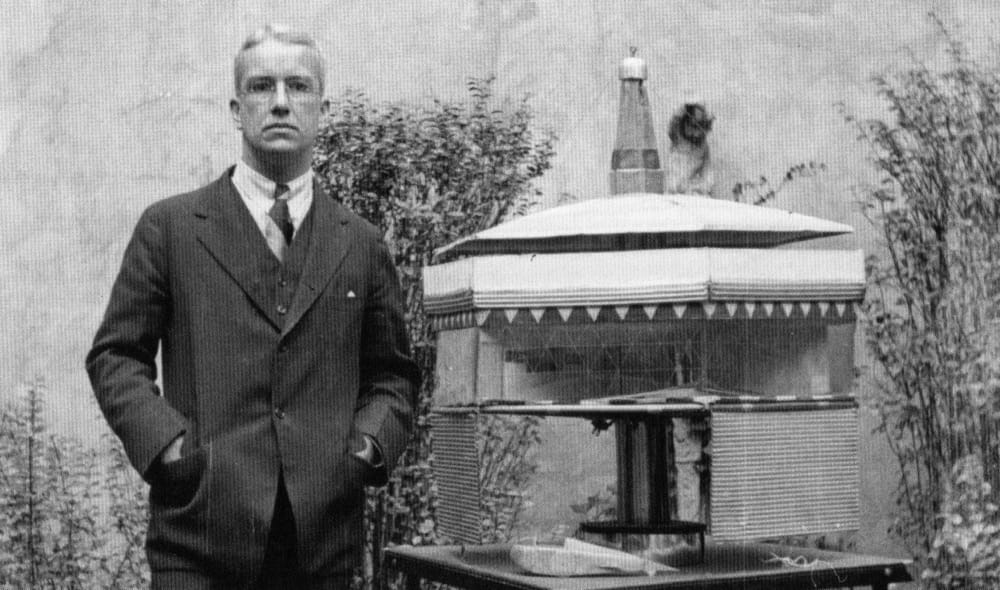
Matt Novak at Gizmodo requested Buckminster Fuller’s FBI file last year and just got it. This is the first time is’t been made public.
“It is felt that possibly the [redacted] purchased certain literature or books on architectural design from FULLER,” the file noted in the 1960 memo. “In view of the prominence of FULLER and the small amount of payment involved, it would not appear that an interview of FULLER at this time is warranted or would prove profitable from a security standpoint.”
It sounds like a member of the KGB was interested in Bucky and purchased some books or other material from him. It’s crazy that these documents still contain so much redacted information nearly 60 years later.
-
Brian Eno was the guest on Monocle Magazine’s “The Briefing” podcast this week.
-

The presence of methane is significant because the gas cannot exist for long. Calculations indicate that sunlight and chemical reactions in the Martian atmosphere would break up the molecules within a few hundred years, so any methane there now must have been created recently.
An amazing discovery that is getting virtually no attention in the mainstream media. What an exciting time for Space discovery we are living in.
-
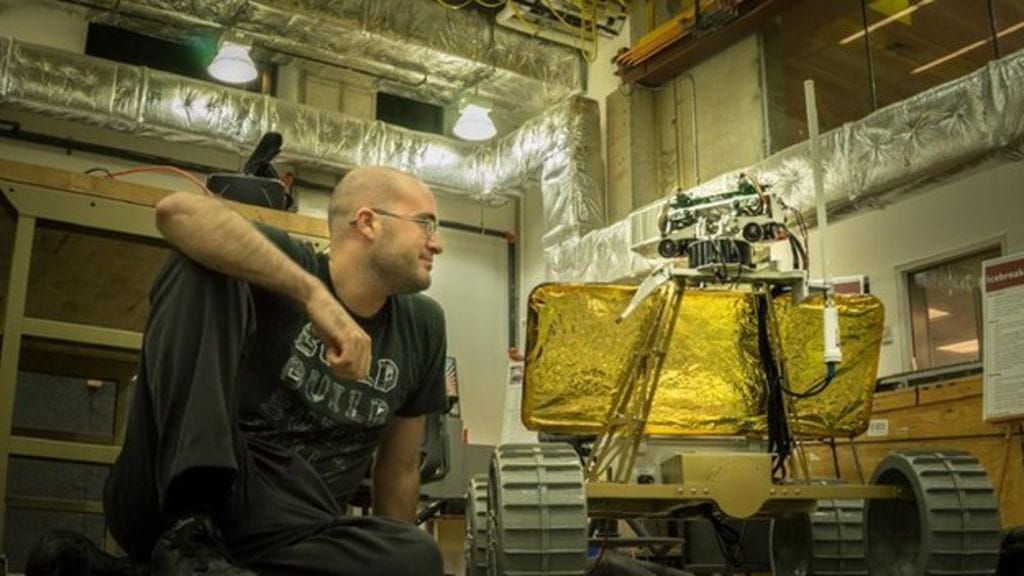
Scientists at Carnegie Mellon University have developed a robot which they plan to land on the Moon to act as eyes for Earth-bound space enthusiasts.
The robot is being entered into Google’s Lunar XPRIZE. The contest awards $30M to the first team who can land a robot on the moon, drive it more than 500 meters, and send HD video back to Earth. But rather than just send video, they hope to provide a live feed from the robot to VR headsets on earth.
“The vision was simple - let anyone on Earth experience the Moon live through the eyes of a robot,” explained team leader Daniel Shafrir.
“We weren’t just going to go to the Moon. We are going to bring the Moon back,” he added.
The telepresence robot, nicknamed Andy after university founder Andrew Carnegie, can be controlled by an operator’s head.
Using an Oculus Rift headset, the movements of the user’s head are tracked and sent back to Andy’s camera so that it will match where the user is looking.
“Imagine the feeling of looking out and seeing rocks and craters billions of years old. Turn your head to the right and you see the dark expanse of space. Turn your head to the left and you see home, Earth,” said Mr Shafrir.
Totally awesome. I want to get an Oculus Rift so badly.
-
The word “essay” comes from the French verb “essayer” which means “to try”. An essay, in the original sense, is something you write to try to figure something out.
- Paul Graham Hackers and Painters
-

Just arrived in Maine. I love it here.
-
Elon Musk wrote this earlier this week after mentioning Nick Bostrom’s new book.
Hope we're not just the biological boot loader for digital superintelligence. Unfortunately, that is increasingly probable
— Elon Musk (@elonmusk) August 3, 2014Worth reading Superintelligence by Bostrom. We need to be super careful with AI. Potentially more dangerous than nukes.
— Elon Musk (@elonmusk)
I’ve often wondered the same thing, but never summed it up so cleverly. Now I am really excited to read Superintelligence.
I’m not sure if Neil deGrasse Tyson’s tweet today is related, but I sure hope he’s right.
Seems to me, as long as we don't program emotions into Robots, there's no reason to fear them taking over the world.
— Neil deGrasse Tyson (@neiltyson)
-
Warp Records have signed Nozinja, the father of Shangaan Electro. ‘Tsekeleke’ is his first single. It’s awesome.
-
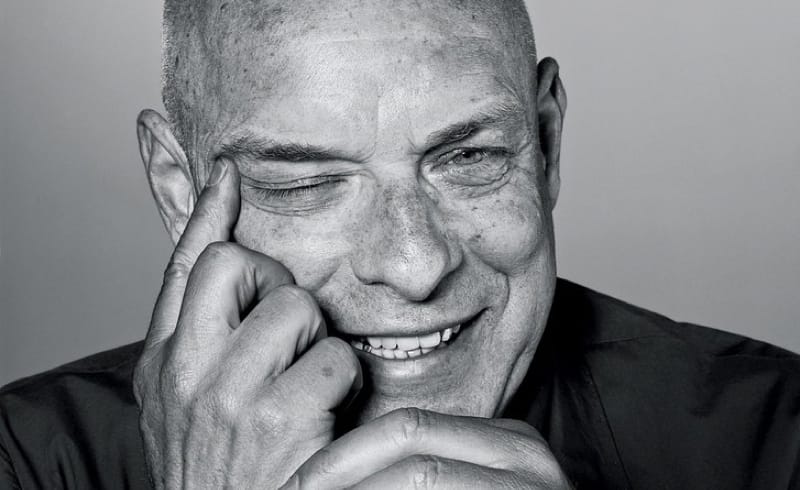
Sasha Frere-Jones profiles Brian Eno for The New Yorker:
“I have a trick that I used in my studio, because I have these twenty-eight-hundred-odd pieces of unreleased music, and I have them all stored in iTunes,” Eno said during his talk at Red Bull. “When I’m cleaning up the studio, which I do quite often—and it’s quite a big studio—I just have it playing on random shuffle. And so, suddenly, I hear something and often I can’t even remember doing it. Or I have a very vague memory of it, because a lot of these pieces, they’re just something I started at half past eight one evening and then finished at quarter past ten, gave some kind of funny name to that doesn’t describe anything, and then completely forgot about, and then, years later, on the random shuffle, this thing comes up, and I think, Wow, I didn’t hear it when I was doing it. And I think that often happens—we don’t actually hear what we’re doing. . . . I often find pieces and I think, This is genius. Which me did that? Who was the me that did that?”
-
In this new, online-exclusive video for Criterion, Wes Anderson, Jeff Goldblum, Bill Murray, and Willem Dafoe reminisce about the challenging conditions under which they made The Life Aquatic with Steve Zissou.
Man I love The Life Aquatic. Check out Criterion’s behind the scenes photos from the set.
-
Kevin Kelly for Wired:
A massively surveilled world is not a world I would design (or even desire), but massive surveillance is coming either way because that is the bias of digital technology and we might as well surveil well and civilly.
And then it gets really interesting.
But if today’s social media has taught us anything about ourselves as a species it is that the human impulse to share trumps the human impulse for privacy. So far, at every juncture that offers a technological choice between privacy or sharing, we’ve tilted, on average, towards more sharing, more disclosure. We shouldn’t be surprised by this bias because transparency is truly ancient. For eons humans have lived in tribes and clans where every act was open and visible and there were no secrets. We evolved with constant co-monitoring. Contrary to our modern suspicions, there wouldn’t be a backlash against a circular world where we constantly spy on each other because we lived like this for a million years, and — if truly equitable and symmetrical — it can feel comfortable.
There is no question that a “massively surveilled” world is coming. I would argue it’s already here. I too am nervous about it. KK giving it (ancient) historical context is both fascinating and oddly reassuring.
-
Someday World is collaborative record between Brian Eno and Underworld’s Karl Hyde. Warp records is releasing it on May 5th, but in the meantime you can stream it on NPR.
I’ve listening to it twice so far. While I like it, I much prefer the harder, more krautrock instrumental jams that they feature in this studio film.
-
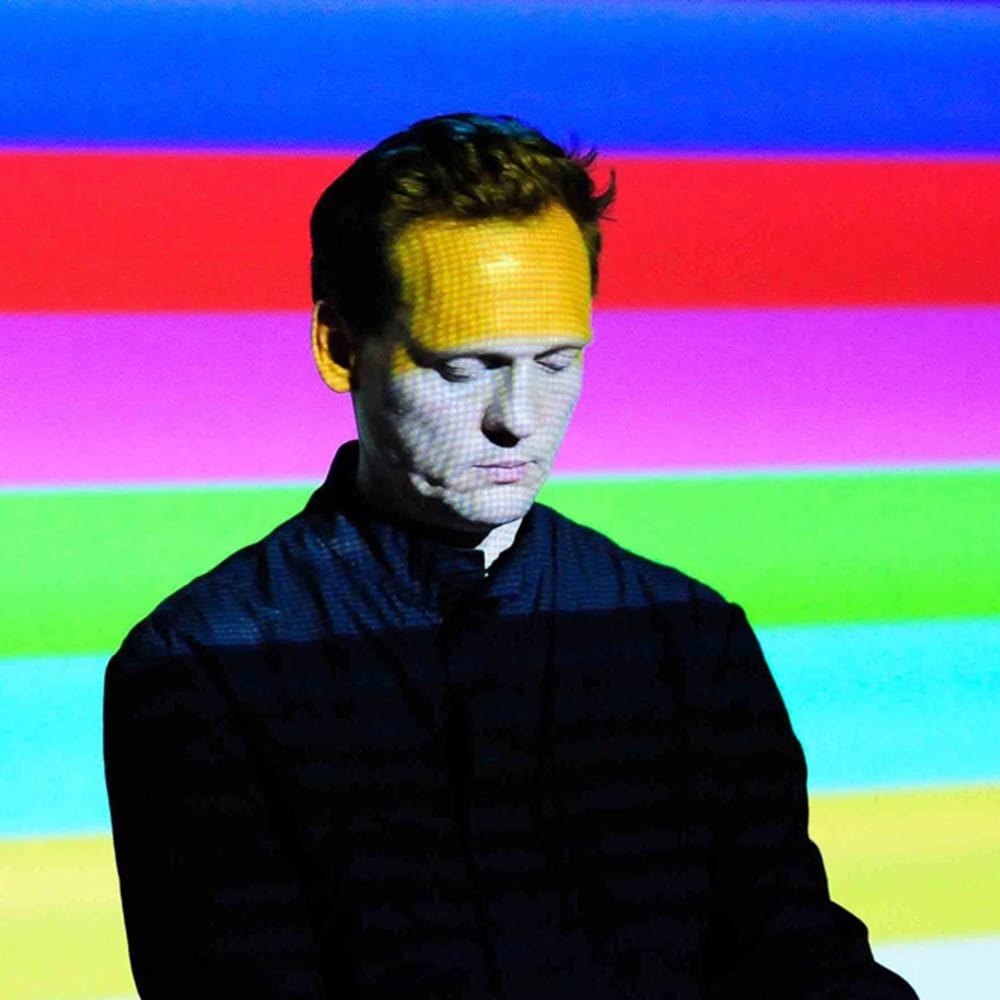
If you can get past the cringe-worthy introduction, “Vibe: Like you’re a few hours into a Ritalin high”, there are some interesting tidbits about the origins of Raster Noton in this VICE interview with Olaf Bender.
Also check out the two albums they picked tracks from. Both are excellent.
-
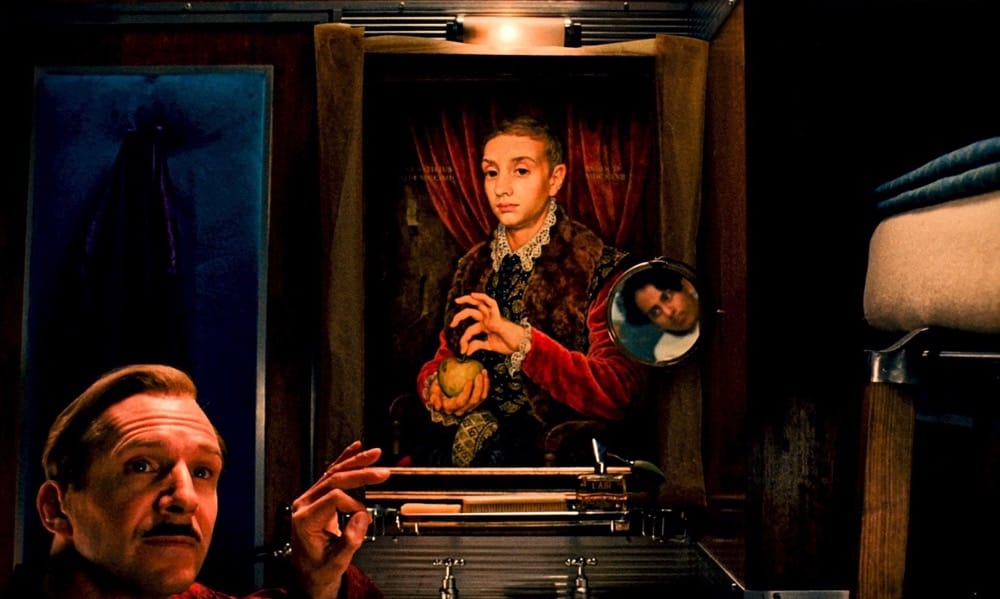
Sotheby’s interviews British artist Michael Taylor who painted Boy with Apple for The Grand Budapest Hotel.
-
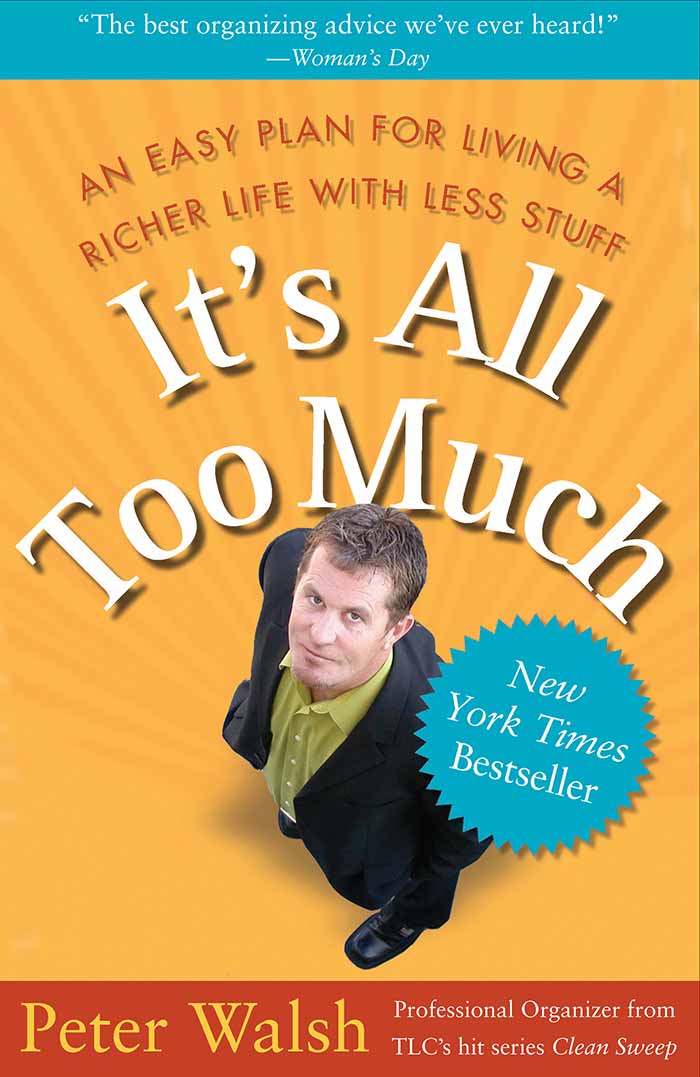
Author: Peter Walsh Title: It's All Too Much ISBN: 9780743292658 Rating: 2/5 Finished: 2014-03-11
I hesitated to read this book because I figured it was for people with serious clutter problems. I spend a lot of time battling clutter and generally win. But, while my house usually appears clean I secretly manage several caches of papers to scan, magazines to review, and clothes to donate. I hoped this book would offer strategies to deal with those last bits of clutter. Unfortunately it didn’t.
The first chapter presents a quiz to determine the reader’s position on a clutter scale. There are a possible 20 points. Your score places you into one of three clutter groups.
00-02 points - Clutter free
03-09 points - Clutter Victim
10-20 points - Hard Core HoarderI scored a 10. That’s right, according to Peter Walsh I am a “Hard Core Hoarder”. That my friends is absurd.
Instead of closing it right then, I was actually encouraged by Peter Walsh’s outrageous mis-categorization of me. Surely as a “Hard Core Hoarder” I would find some useful information to help me deal with my sickness, right? Nope.
Walsh spends most of the book describing his interactions with people who sound like borderline if not actual hoarders. He describes people who haven’t used their dining room table to eat dinner in decades. People who have trouble sleeping in their beds because they are filled with their kids toys. People with serious problems. Not only were his strategies for dealing with those problems worthless to me, but I was now really offended to be in the same clutter group as these people.
I also took issue with Walsh’s ambivalence toward recycling or reusing all the junk he helps people remove. He touches on recycling and reuse but notes that most shelters could use cash instead of items. Of course they could. That doesn’t mean you shouldn’t try to keep as much of your junk out of the waste stream as possible. I can understand not wanting to complicate the removal process for people who have real issue detaching. But he never mentions listing things for free on Craigslist which has been an excellent strategy for me. I’ve had lamps, furniture, clothing, books, all picked up within an hour of listing. Plus once you’ve agreed to give the item to someone else it’s gone. I think it’s irresponsible to just throw everything out.
While I didn’t get much from the book it wasn’t entirely useless. Walsh touches on some of the issues I’ve started dealing with now that I have kids. For instance it’s hard for me to recycle my daughter’s artwork even thought I know I can’t keep everything. So I’ll scan it all right? Then it piles up. Then I get a goddamned 10 out of 20 on the test even though the drawings are in a neat pile in my office. These are real issues.
Thinking about my (hopefully normal) emotional attachment to those drawings made me feel really bad for actual hoarders. It must be horrible to feel the same way about junk mail as I do about my daughter’s drawings.
Hopefully this book is helping people with very serious issues. The kind of people whose possessions are limiting the way they can live their lives. But if you’re like me and already fairly conscientious about what comes into your house and what you choose to keep, I doubt you’ll find any groundbreaking revelations here.
Also this book doesn’t have a index. It should have an index. ALL BOOKS NEED AN INDEX.